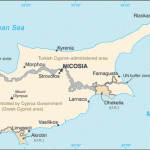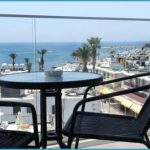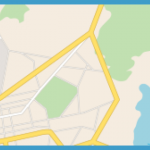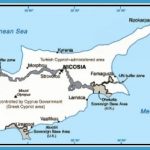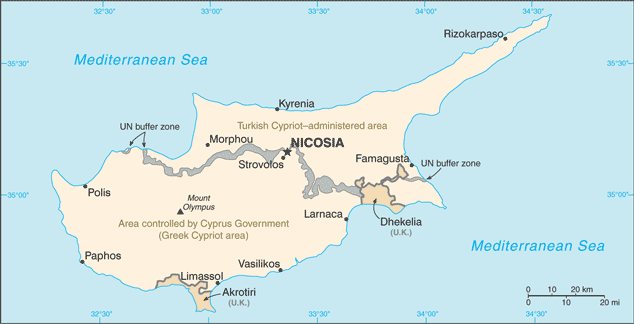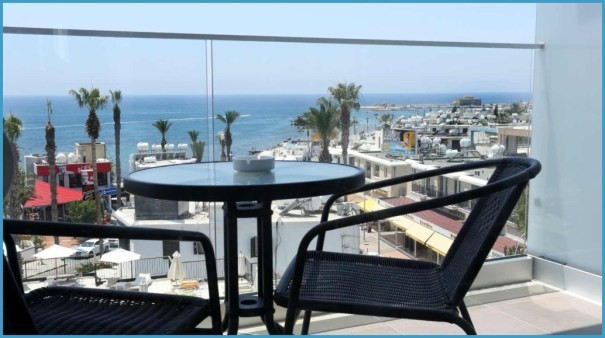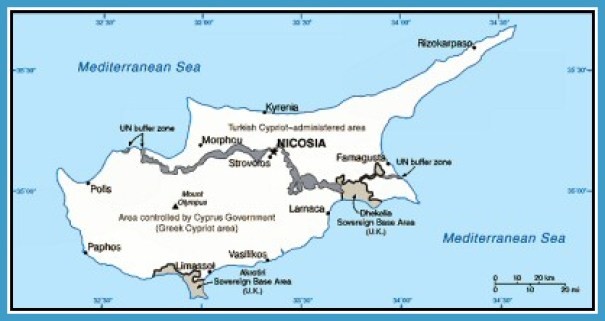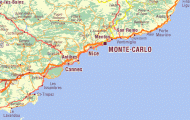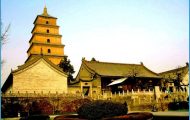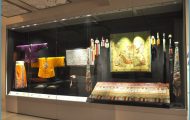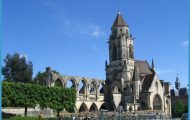Basket-making at Mesogi
Anavargos, lying north-east of Pafos town, is currently part of the Pafos municipality. The most significant landform is the locality of caves, known as “Ellinospilloi”, south of the village, now fenced and protected. They constituted a necropolis of the Hellenistic-Roman times. They are carved tombs, almost identical to the well-known Tombs of the Kings, in Pafos. Later on some of the tombs were used for worship purposes. In Mesa Chorio two churches, the parish church in the center of the settlement and an older one close to the cemetery, are devoted to Agia Marina. According to tradition, Agia Marina is miraculous in cases of disputes among married couples. Mesogi, now urbanized, constitutes a suburb of Pafos town. Within the administrative boundaries of Mesogi lies an industrial estate. A number of services have grown in Mesogi, like restaurants, tavernas, supermarkets, special and general shops, video clubs, etc. Basket-making, an almost exclusive handicraft of the village, is currently dwindling with a few old women still pursuing this traditional folk art. Tremithousa is currently joined to the neighbouring Mesogi. Terebinth, from which obviously the village obtained its name, grows in the village. It is from the terebinth tree that in the past the well known Pafos chewing gum was produced. Tala lies south-west of the monastery of Agios Neofytos, which administratively belongs to Tala. Large abandoned areas are being converted into tourist villas and country houses for locals and foreigners alike. Kamares Village, for instance, includes about 500 villas, built in traditional architecture, with all services and facilities including swimming pools, gardens, squares, arches made of hewn limestone blocks, verandahs, etc. It is estimated that the foreign population in Tala is four times that of the locals. The domed church of Agia Aikaterini, built in the 15th century in a Byzantine style, has a narthex, added later. It was originally covered with frescoes, though today they have disappeared. Agios Neofytos Monastery. St Neofytos was born in 1134 at the village of Kato Drys, near Lefkara. Since the age of 17, he lived in the monastery of Agios Chrysostomos, on the Kyrenia range, as a lay brother cultivating the vineyards. He believed in ascetic life and soon left the monastery travelling to the Holy Land where, for six months, sought a suitable site of solitude. He returned to Cyprus, back to the monastery of Agios Chrysostomos, which again he left, walking to Pafos with the intention to go, by boat, to Asia Minor and particularly to the mountain of Latros in Ionia. Wandering in the coastal plain of Pafos, he came across a rocky surface with a cave in the present locality of the monastery. The topography, the solitude and the presence of a spring, were considered ideal for his future ascetic life. In a few years time, at the age of 25, he carved his Encleistra (cave) and made it habitable. The cave currently preserves a narthex, the main body of the church, the sanctum and the cell of Agios Neofytos. In his cell are still preserved his rock table, the rock platform on which he slept, his library and his burial grave. The paintings of the Encleistra were undertaken by Theodoros Apsevdis. At the age of 65 he carved the “Upper Encleistra”, above the main cave, where he could withdraw and get rid of the ever-increasing visits. He died at the age of 85. About 200 years later the main church of the present monastery was built. It is in the 15th century church that the saint’s relics are currently preserved. Though the church is devoted to Theotokos Maria, it is known as the church of Agios Neofytos. The church is three-aisled with columns and arches separating the aisles. The iconostasis is of exceptional art. However, the visitor to Agios Neofytos monastery is probably more interested in the Encleistra. The paintings on the narthex of the Encleistra compel the visitor to stop and study them carefully. Among them are: The Last Supper, Christ Washing his Disciples’ Feet, Abraham Entertaining the Angels, The Betrayal, the Crucifixion, the Resurrection and others. In the bema one notices, among others, the Pantokrator, various Saints, the Ascension and Agios Neofytos between the Archangels. Agios Neofytos is known as a leading ecclesiastical writer of the 12th century. A letter entitled “Concerning the Misfortunes of Cyprus”, is of exceptional historical value, as he describes the occupation of Cyprus by Richard Coeur de Lion.
Online Travel Map – Paphos Street View, Satellite View Photo Gallery
b) Northern coastal plain of Pafos
Route: Chlorakas, Empa, Lempa, Kisonerga, Potima, Coral Bay,
Paphos Street View (Cyprus)
Pegeia, Sea caves (Kantarkastoi), Agios Georgios
Saint Neophytos, Encleistra of Agios Neophytos (12th c.A.C.)
About 3km north of Pafos lies Chlorakas, a large coastal village loaded with history, thrill and memories. As farmers till their land, very often unearth stone implements, axes and pottery which testify a possible Neolithic settlement, not yet disclosed. The remains of Rigaina’s aqueduct, between the settlement and the sea, most probably constitutes the last remains of a long aqueduct carrying water from the Mavrokolympos river to Pafos. Close to the village square, next to the modern church of Panagia Chryseleousa, stands the old medieval church of Panagia. Above the west door there is a coat of arms. The dome, the cruciform shape, the worn out frescoes and the gilted iconostasis continue to fascinate the visitor. At the entrance to the village, as one comes from Pafos, stands the tiny, whitewashed, Byzantine church of Agios Nikolaos with some traces of frescoes. Chlorakas is associated with the Struggle of Liberation (1955-59). It is on the coast of Chlorakas that Grivas, the EOKA leader, landed in 1954, while at the same place the boat Agios Georgios, carrying ammunitions, arrived a few months later. The boat is currently kept under a shelter, while nearby lies a church devoted to Agios Georgios. Empa, 4km north of Pafos, was, according to Mas Latrie, a village where sugarcane was cultivated during the Frankish times. The most important monument of the village is the Byzantine church of Panagia Chryseleousa, three-aisled with two domes. Its belfry is recent and relatively low, while an external staircase-something unusual for a church-leads to the roof. The interior of this stone-built church is rich in treasures and mural paintings. A holy Gospel, leather-bound, issued in Venice in 1539, is preserved in the sanctum. Unfortunately, the original paintings of the 12th century are not preserved. Present day paintings as well as portable icons belong to the 15th and 16th centuries.

